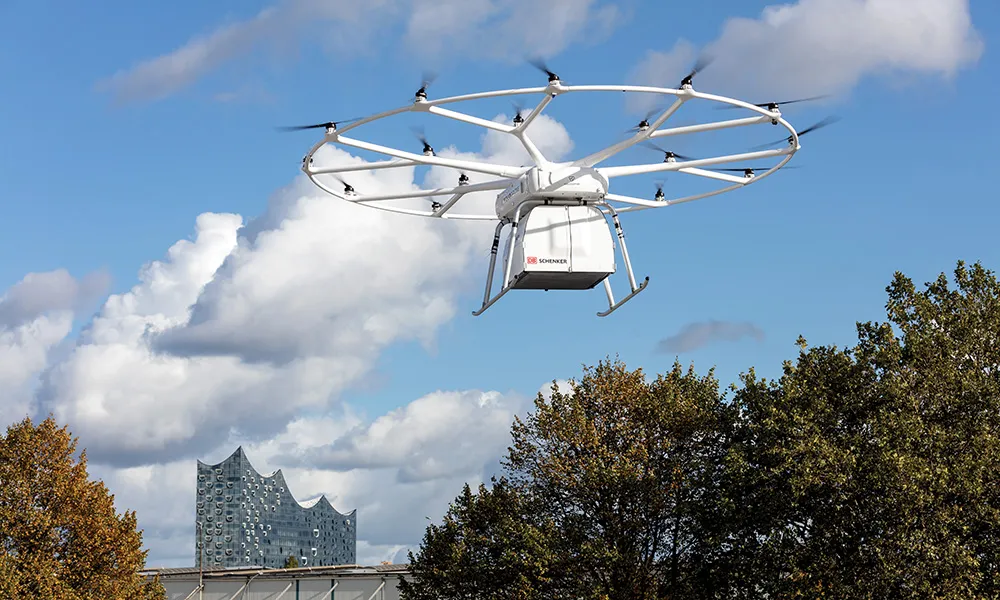Voom is offering helicopter flights to five airports in the San Francisco Bay Area which it says will provide an affordable way to fly over traffic.
Voom CEO Clément Monnet says: “Our service will make it easy and affordable for business travellers to travel quickly from locations such as the San Francisco airport to San Jose in only 20 minutes, rather than sitting in traffic for hours trying to get to a meeting.”
Voom, an Airbus company with operations in São Paolo and Mexico City , can pool up to five passengers travelling in the same direction to Napa, Oakland, Palo Alto, San Francisco and San Jose for flights which can cost up to $285.
The company says passengers can use the app or website to book flights up to one hour before departure and can check-in at the designated helipad 15 minutes before boarding time. The platform connects passengers with a network of third-party helicopter operators which are required to meet safety standards, the company adds.
A Voom for Business option is available for companies that want to manage their employees’ travel. The service’s specialised dashboard is expected to simplify the billing under one account and make booking flights easier for employees by other team members.
As part of the deal, the company is also offering access to full-aircraft charters to additional regional airports such as Half Moon Bay, Monterey, Livermore and Sacramento.
Voom’s San Francisco helicopter service lifts off
Voom is offering helicopter flights to five airports in the San Francisco Bay Area which it says will provide an affordable way to fly over traffic.
Voom CEO Clément Monnet says: “Our service will make it easy and affordable for business travellers to travel quickly from locations such as the San Francisco airport to San Jose in only 20 minutes, rather than sitting in traffic for hours trying to get to a meeting.”
Voom, an Airbus company with operations in São Paolo and Mexico City , can pool up to five
October 8, 2019
Read time: 2 mins









